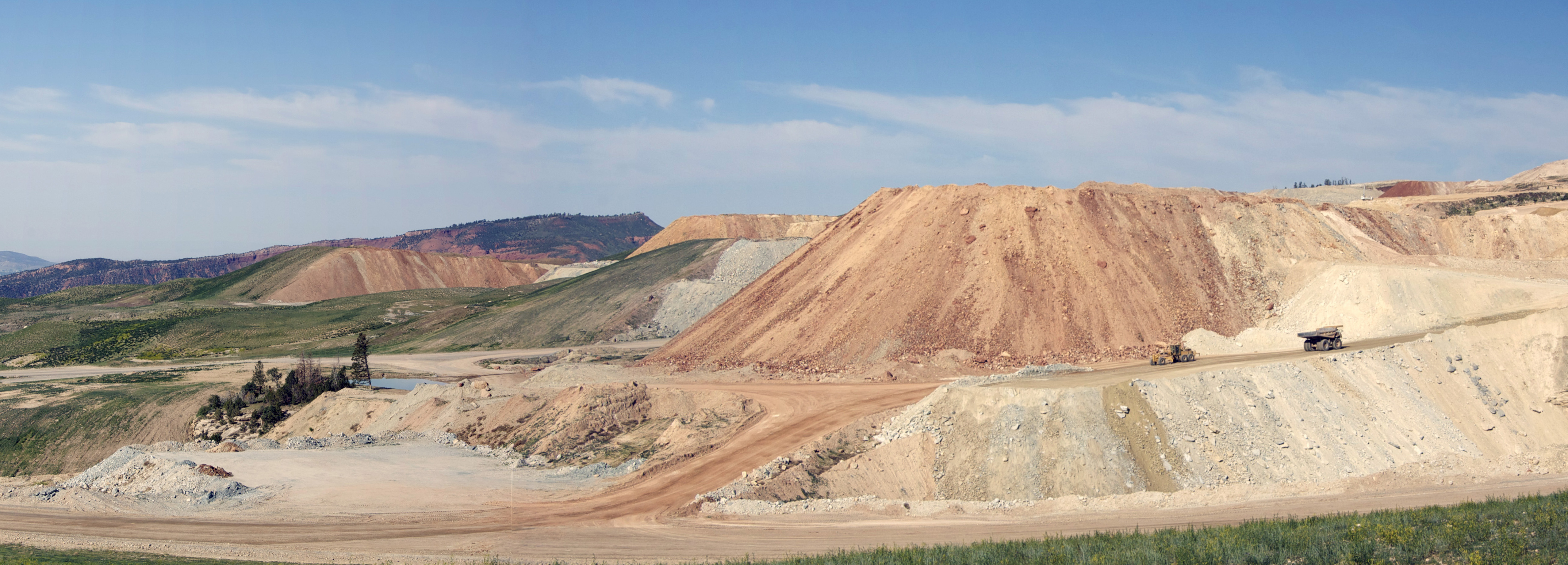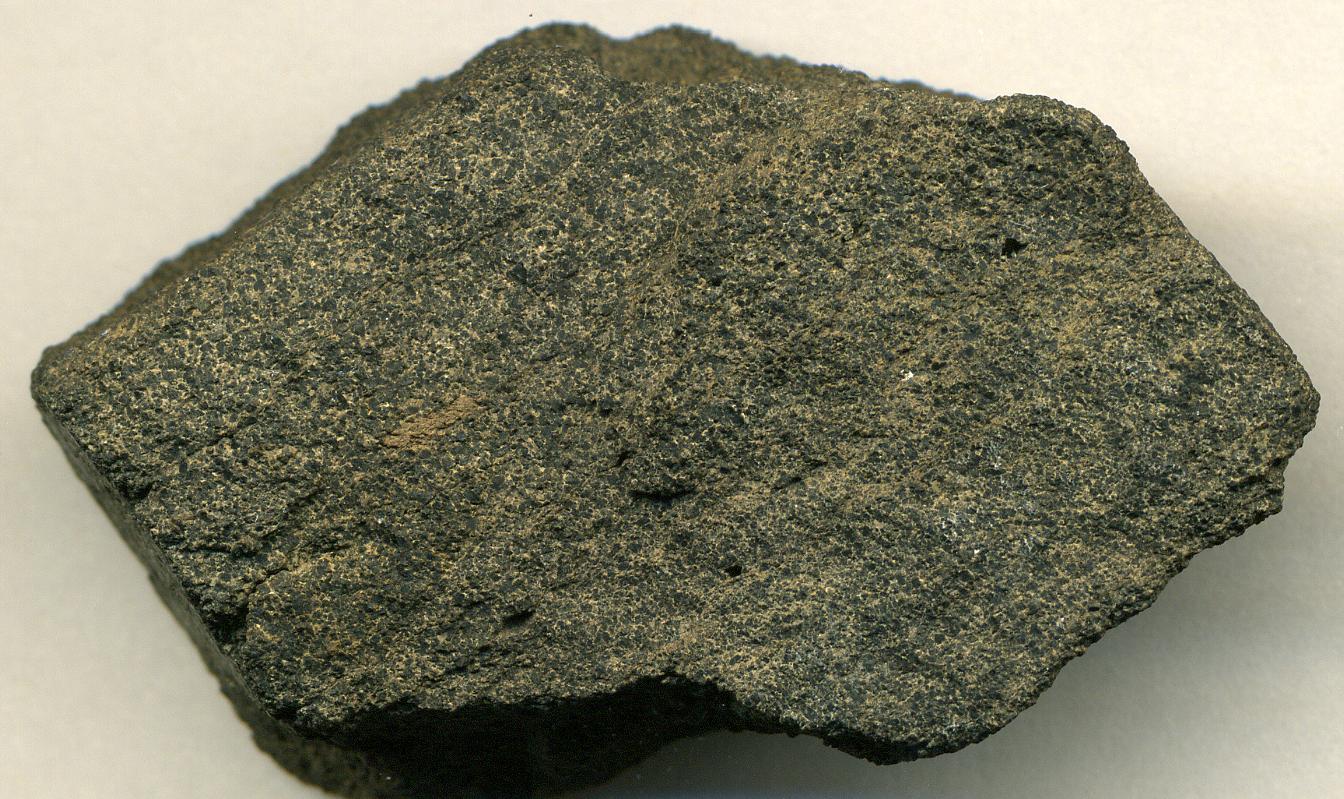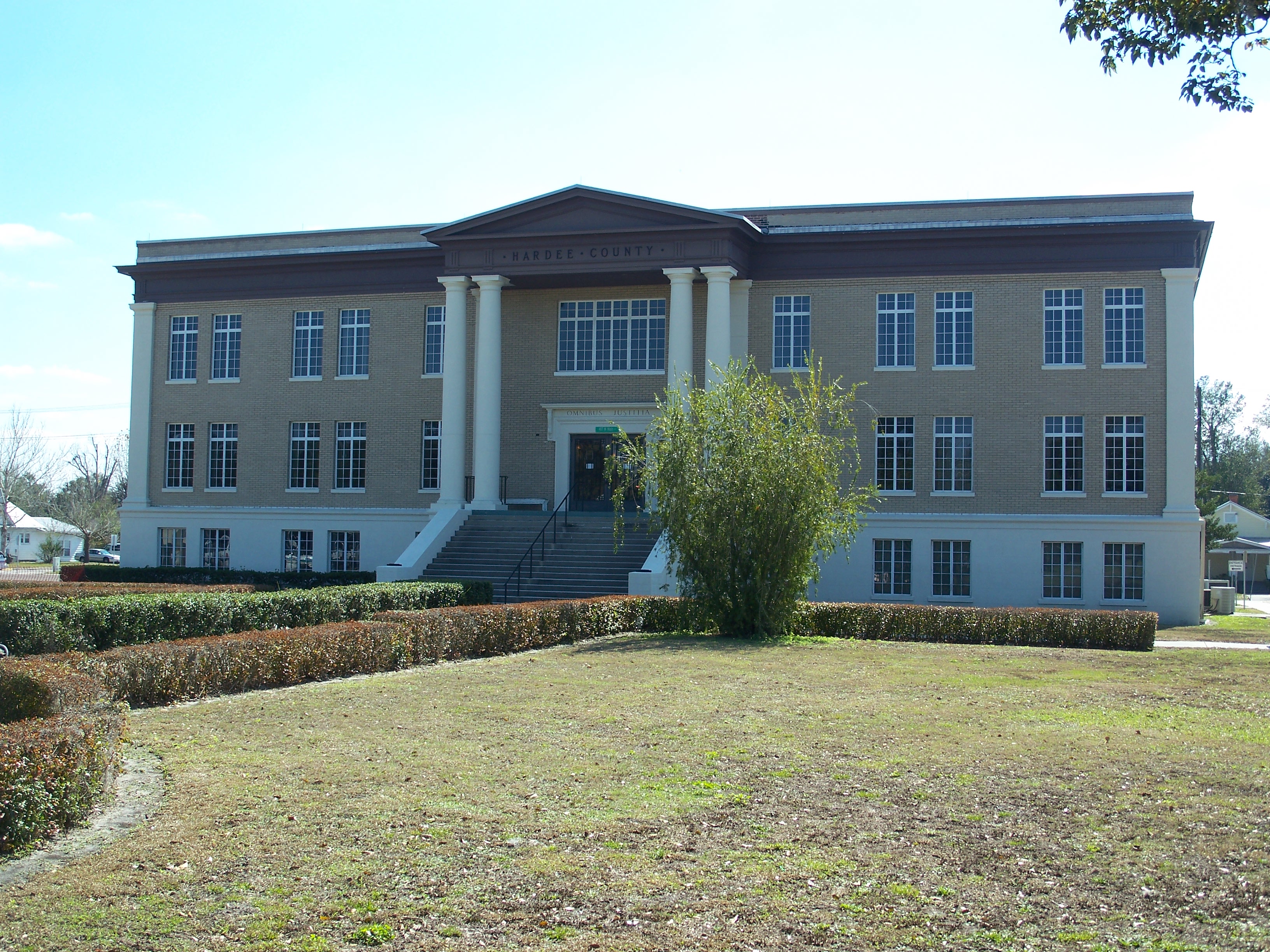|
Phosphate Mining In The United States
In 2015, 27.6 million metric tons of marketable phosphate rock, or phosphorite, was mined in the United States, making the US the world's third-largest producer, after China and Morocco. The phosphate mining industry employed 2,200 people. The value of phosphate rock mined was US$2.2 billion. As of 2015, there are 10 active phosphate mines in four states: Florida, North Carolina, Idaho, and Utah. The eastern phosphate deposits are mined from open pits. The western deposits are mined from both surface and underground mines. The exact phosphate content of the phosphate rock mined in 2015 is not available, but in the latest five-year period for which ore grades are available, 2009-2013, the grade of US phosphate rock varied from 28.5 to 29.0 percent P2O5. As of 2016, remaining reserves of phosphate rock in the United States totaled 1.1 billion metric tons. Industry structure As of 2017, there were 11 active phosphate mines in the US, operated by 5 companies. In addition, one mine in ... [...More Info...] [...Related Items...] OR: [Wikipedia] [Google] [Baidu] |
Phosphorite
Phosphorite, phosphate rock or rock phosphate is a non-detrital sedimentary rock that contains high amounts of phosphate minerals. The phosphate content of phosphorite (or grade of phosphate rock) varies greatly, from 4% to 20% phosphorus pentoxide (P2O5). Marketed phosphate rock is enriched ("beneficiated") to at least 28%, often more than 30% P2O5. This occurs through washing, screening, de-liming, magnetic separation or flotation. By comparison, the average phosphorus content of sedimentary rocks is less than 0.2%.Blatt, Harvey and Robert J. Tracy, ''Petrology'', Freeman, 1996, 2nd ed. pp. 345–349 The phosphate is present as fluorapatite Ca5(PO4)3F typically in cryptocrystalline masses (grain sizes < 1 μm) referred to as -sedimentary apatite deposits of uncertain origin. It is also present as |
Hardee County, Florida
Hardee County is a county located in the Florida Heartland, Central Florida region U.S. state of Florida. As of the 2020 census, the population was 25,327. Its county seat is Wauchula. Hardee County comprises the Wauchula, FL Micropolitan Statistical Area. History It was named for Cary A. Hardee, Governor of Florida from 1921 to 1925. Hardee County was created in 1921. On August 13, 2004, Hurricane Charley went directly through Hardee County. Maximum sustained winds in downtown Wauchula were clocked at with higher gusts. Most buildings in the county sustained damage, and many were totally destroyed. Geography According to the U.S. Census Bureau, the county has a total area of , of which is land and (0.1%) is water. Hardee County is located in what is known as the "Bone Valley" which contains most of North America's phosphate deposits and a large portion of the world's deposits. Phosphate is mined in large open pit mines with massive settling ponds that contain many h ... [...More Info...] [...Related Items...] OR: [Wikipedia] [Google] [Baidu] |
Bone Valley
The Bone Valley is a region of central Florida, encompassing portions of present-day Hardee, Hillsborough, Manatee, and Polk counties, in which phosphate is mined for use in the production of agricultural fertilizer. Florida currently contains the largest known deposits of phosphate in the United States. Process Large walking draglines, operating twenty-four hours a day in surface mines, excavate raw pebble phosphate mixed with clay and sand (known as matrix). The matrix contains a number of chemical impurities, including naturally occurring uranium at concentrations of approximately 100 ppm. The matrix is then dropped into a pit where it is mixed with water to create a slurry, which is then pumped through miles of large steel pipes to washing plants. These plants crush, sift, and separate the phosphate from the sand, clay, and other materials, and mix in more water to create a granular rock termed wetrock. The wetrock, which is typically of little use in raw form, is the ... [...More Info...] [...Related Items...] OR: [Wikipedia] [Google] [Baidu] |
Detergent
A detergent is a surfactant or a mixture of surfactants with cleansing properties when in dilute solutions. There are a large variety of detergents, a common family being the alkylbenzene sulfonates, which are soap-like compounds that are more soluble in hard water, because the polar sulfonate (of detergents) is less likely than the polar carboxylate (of soap) to bind to calcium and other ions found in hard water. Definitions The word ''detergent'' is derived from the Latin adjective ''detergens'', from the verb ''detergere'', meaning to wipe or polish off. Detergent is a surfactant or a mixture of surfactants with cleansing properties when in dilute solutions. However, conventionally, detergent is used to mean synthetic cleaning compounds as opposed to ''soap'' (a salt of the natural fatty acid), even though soap is also a detergent in the true sense. In domestic contexts, the term ''detergent'' refers to household cleaning products such as ''laundry detergent'' or '' dish ... [...More Info...] [...Related Items...] OR: [Wikipedia] [Google] [Baidu] |
Animal Feed
Animal feed is food given to domestic animals, especially livestock, in the course of animal husbandry. There are two basic types: fodder and forage. Used alone, the word ''feed'' more often refers to fodder. Animal feed is an important input to animal agriculture, and is frequently the main cost of the raising or keeping of animals. Farms typically try to reduce cost for this food, by growing their own, grazing animals, or supplementing expensive feeds with substitutes, such as food waste like spent grain from beer brewing. Animal wellbeing is highly dependent on feed that reflects a well balanced nutrition. Some modern agricultural practices, such as fattening cows on grains or in feed lots, have detrimental effects on the environment and animals. For example, increased corn or other grain in feed for cows, makes their microbiomes more acidic weakening their immune systems and making cows a more likely vector for E.coli. While other feeding practices can improve animal impact ... [...More Info...] [...Related Items...] OR: [Wikipedia] [Google] [Baidu] |
Fertilizer
A fertilizer (American English) or fertiliser (British English; see spelling differences) is any material of natural or synthetic origin that is applied to soil or to plant tissues to supply plant nutrients. Fertilizers may be distinct from liming materials or other non-nutrient soil amendments. Many sources of fertilizer exist, both natural and industrially produced. For most modern agricultural practices, fertilization focuses on three main macro nutrients: nitrogen (N), phosphorus (P), and potassium (K) with occasional addition of supplements like rock flour for micronutrients. Farmers apply these fertilizers in a variety of ways: through dry or pelletized or liquid application processes, using large agricultural equipment or hand-tool methods. Historically fertilization came from natural or organic sources: compost, animal manure, human manure, harvested minerals, crop rotations and byproducts of human-nature industries (i.e. fish processing waste, or bloodmeal from ... [...More Info...] [...Related Items...] OR: [Wikipedia] [Google] [Baidu] |
Phosphorus
Phosphorus is a chemical element with the symbol P and atomic number 15. Elemental phosphorus exists in two major forms, white phosphorus and red phosphorus, but because it is highly reactive, phosphorus is never found as a free element on Earth. It has a concentration in the Earth's crust of about one gram per kilogram (compare copper at about 0.06 grams). In minerals, phosphorus generally occurs as phosphate. Elemental phosphorus was first isolated as white phosphorus in 1669. White phosphorus emits a faint glow when exposed to oxygen – hence the name, taken from Greek mythology, meaning 'light-bearer' (Latin ), referring to the " Morning Star", the planet Venus. The term '' phosphorescence'', meaning glow after illumination, derives from this property of phosphorus, although the word has since been used for a different physical process that produces a glow. The glow of phosphorus is caused by oxidation of the white (but not red) phosphorus — a process now called chem ... [...More Info...] [...Related Items...] OR: [Wikipedia] [Google] [Baidu] |
Paris, Idaho
Paris is a city and county seat of Bear Lake County, Idaho, United States. Located on the western side of the Bear Lake Valley, the city's population was 513 at the 2010 census, down from 576 in 2000. Paris was settled on September 26, 1863, by pioneer settlers of the Church of Jesus Christ of Latter-day Saints. Paris was settled by a group of dedicated Mormons led by Charles C Rich. During early years, pioneers suffered difficulties with the harsh cold climate, however their determination and faith kept them from leaving the area. Paris is the location of the Bear Lake Stake Tabernacle, a sandstone church designed by Joseph Don Carlos Young and built between 1884 and 1889. It seats around 1,400 people. History Paris was founded by Mormon pioneers, under the direction of Charles C. Rich on September 29, 1863. The settlers believed the town to be located in Utah until a survey in 1872 showed that it was in Idaho. Geography According to the United States Census Bureau, the ... [...More Info...] [...Related Items...] OR: [Wikipedia] [Google] [Baidu] |
Aurora, North Carolina
Aurora is a town in Beaufort County, North Carolina, United States. The population was 520 at the 2010 Census. Geography Aurora is located at (35.301476, -76.789461). According to the United States Census Bureau, the town has a total area of , of which is land and , or 9.60%, is water. The large Aurora phosphate mine is located just outside the town. Climate Demographics As of the census of 2000, there were 583 people, 265 households, and 169 families residing in the town. The population density was 615.8 people per square mile (236.9/km2). There were 316 housing units at an average density of 333.8 per square mile (128.4/km2). The racial makeup of the town was 51.29% White, 47.51% African American, 0.34% from other races, and 0.86% from two or more races. Hispanic or Latino of any race were 1.37% of the population. There were 265 households, out of which 23.4% had children under the age of 18 living with them, 43.8% were married couples living together, 15.8% had a f ... [...More Info...] [...Related Items...] OR: [Wikipedia] [Google] [Baidu] |
Aurora Mine
The Aurora mine is the largest integrated phosphate mining and chemical plant in the world. The mine is located in Richland Township, in Aurora in Beaufort County, North Carolina. The mine, has been owned by PotashCorp since 1995, has an annual production capacity of over six million tonnes of phosphate ore. In 2008 the mine produced 6.6 million tonnes of phosphate ore from which 1.3 million tonnes of phosphoric acid was produced. History The phosphates of the Aurora mine are the result of a recession experienced by the sea coast of Aurora. Phosphates were deposited into the sea about 15 million years ago. The result was a phosphate ore zone with of low-grade phosphate sand blanketed by other sediments. The ore zone is estimated to be about thick, consisting of phosphate sand, fine quartz, clay, and silt. PotashCorp bought the Aurora mine in 1995 from the Texas Gulf Sulphur Company as its first phosphate operation, and purchased the agricultural chemicals division of Occidental C ... [...More Info...] [...Related Items...] OR: [Wikipedia] [Google] [Baidu] |
Nutrien
Nutrien is a Canadian fertilizer company based in Saskatoon, Saskatchewan. It is the largest producer of potash and the third largest producer of nitrogen fertilizer in the world. It has over 2,000 retail locations across North America, South America, and Australia with more than 23,500 employees. It is listed on the Toronto Stock Exchange (symbol ) and New York Stock Exchange (symbol ), with a market capitalization of $34 billion as of January 2018. It was formed through the merger of PotashCorp and Agrium, in a transaction that closed on January 1, 2018. History Merger PotashCorp and Agrium first proposed merging in September 2016. The merger was suggested in the context of low fertilizer prices, leading to the hope that a larger company will be better able to increase prices. The new company also hopes to reduce costs through consolidation; it estimates that it will be able to decrease costs by $500 million USD. The transaction was originally expected to close in mid ... [...More Info...] [...Related Items...] OR: [Wikipedia] [Google] [Baidu] |






